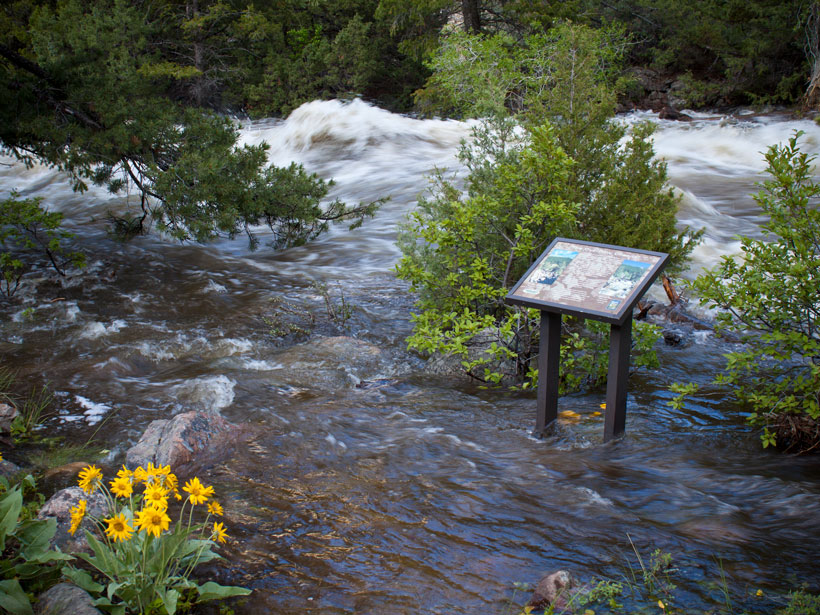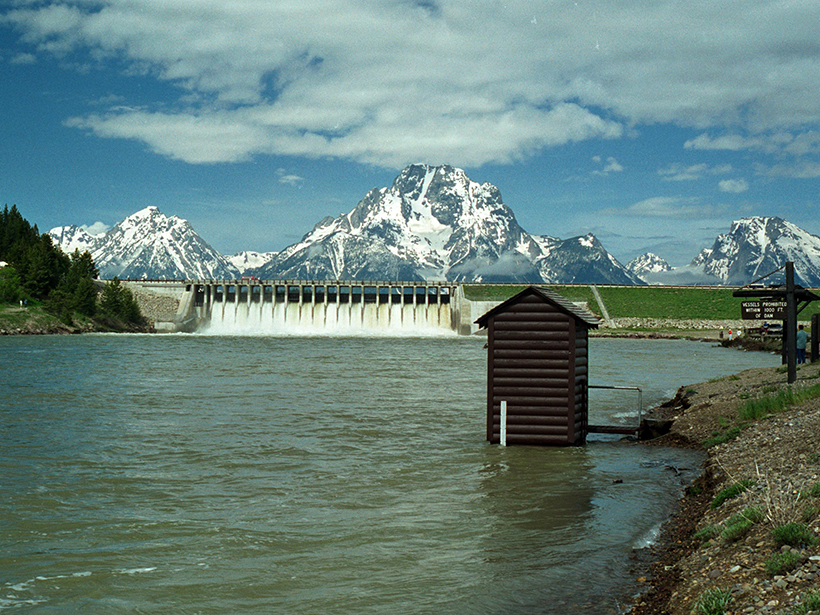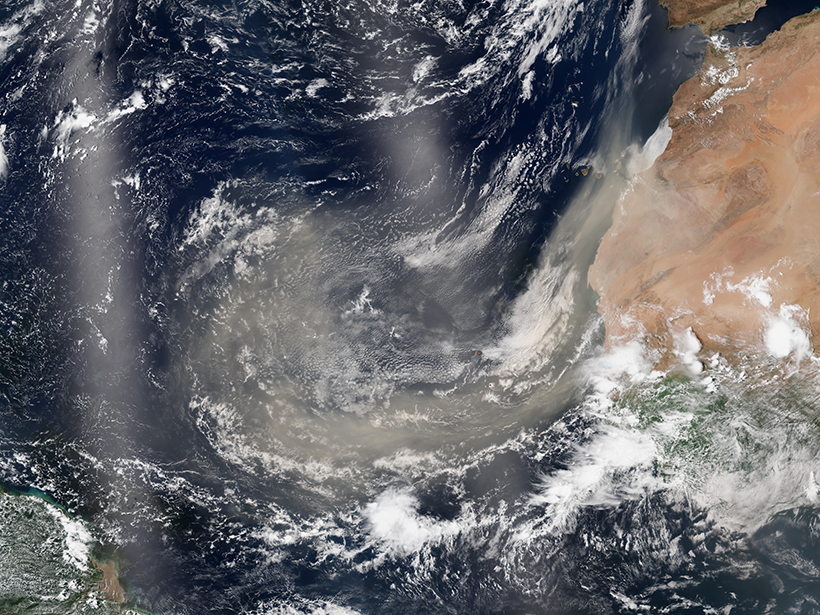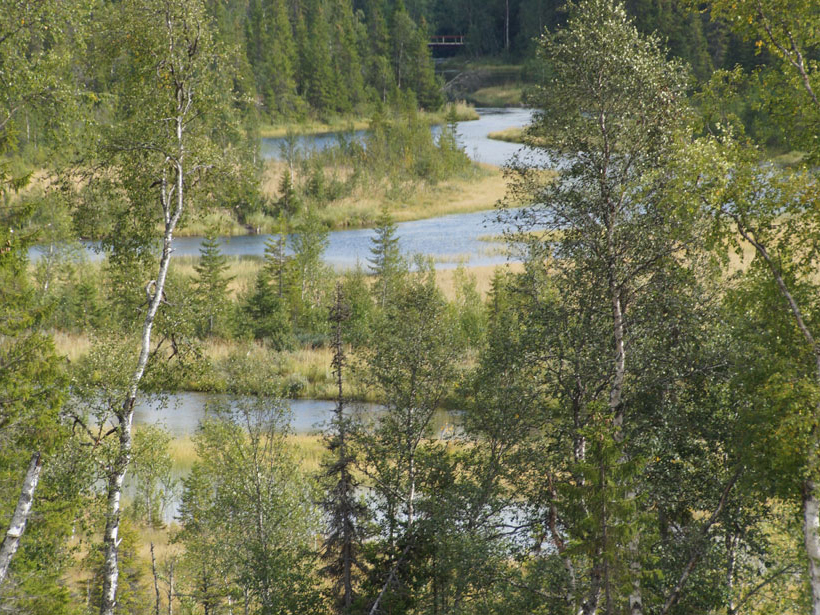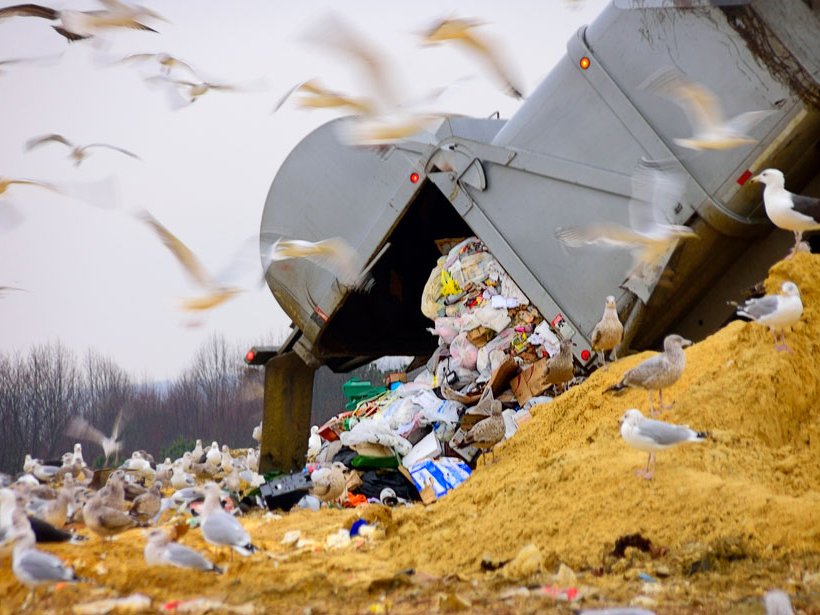A new study examines how unusual meteorology interacted with topography and other local conditions to generate some of the most devastating floods in American history.
Aaron Sidder
Aaron Sidder is a freelance writer based out of Denver, Colo. He has a master’s degree in ecology from Colorado State University. Aaron was an AGU-sponsored AAAS Mass Media Science & Engineering Fellow at National Geographic in 2016, and he has been writing for Eos ever since. In addition to Eos and National Geographic, he has written for National Geographic Kids Magazine, Smithosonian Smart News, 5280 Magazine, and the Santa Fe Institute. In his free time, he cultivates an extensive—and growing—collection of field guides from around the country.
The Unpredictability of Floods, Erosion, and Channel Migration
A new algorithm incorporates randomness into stream channel formation and suggests the approach represents regions with variable flood magnitudes better than standard models.
Exploring Uncertainty in Streamflow Estimates
A review of streamflow uncertainty estimation methods reveals that one method does not fit all situations and provides recommendations for how to improve streamflow estimates.
New Analysis Provides a Fresh View of the Atmosphere on Venus
Researchers apply a radio holographic method to standard Venusian atmospheric data, resulting in outputs with finer vertical resolution and revealing small-scale atmospheric structures.
A Novel Approach Reveals Element Cycles in the Ocean
Dissolved thorium isotopes light the way to a more thorough understanding of how different elements enter marine environments—and how long they stay there.
Evaluating the Efficiency of Data Assimilation
Information is lost when researchers combine statistical models and remote sensing data, but just how much is often unclear. A new study offers a framework to measure the inefficiency.
Organic Particles Affect Carbon Cycling in Boreal Waters
Dissolved organic carbon receives much of the focus in aquatic research, but a new study suggests that bulkier particulate matter may play a significant role in regulating carbon dioxide emissions.
Plasma Activity Around Sunspots May Foreshadow Solar Storms
A new study identifies possible precursors to space weather in the regions encircling sunspots.
Tiny Marine Shells Reveal Past Patterns in Ocean Dynamics
A 400,000-year calcium carbonate record from the ocean floor sheds light on deep-ocean circulation and on mechanisms driving climate patterns and atmospheric carbon dioxide concentrations.
Greenhouse Gas Inventories Underestimate Methane Emissions
A new study in the Baltimore-Washington metropolitan area reveals prior estimates may significantly underrepresent methane emissions, particularly from landfills and natural gas systems.


